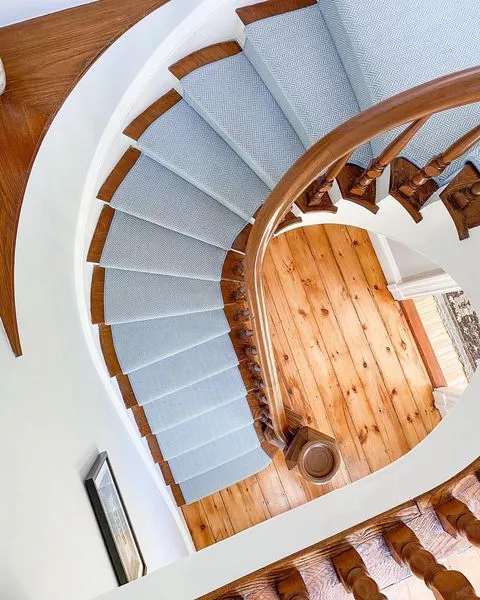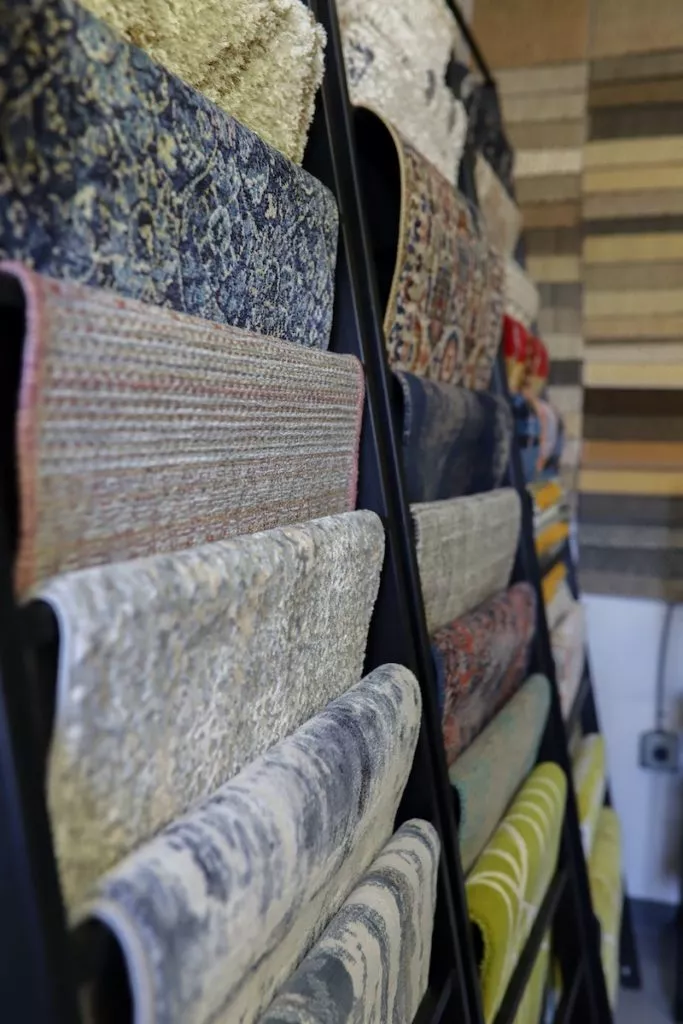Newton Carpet Studio
230 Needham St
Newton, MA
info@carpetworkroom.com
(888) 388-9248
South Shore Carpet
Workroom
471 Page Street
Unit 4
Stoughton, MA 02072
(888) 388-9248
At Carpet Workroom, we understand that choosing the perfect carpet for your home or business can be a daunting task, especially with so many options available. That’s why we’ve created a comprehensive collection of resources to help guide you in the decision-making process. Don’t forget to check out our blog for even more information on carpet trends, materials, design ideas, and more!
Our buying guides cover a wide range of topics, from selecting the right type of carpet for your needs to tips for care and maintenance. In addition to our buying guides, we offer a glossary of carpet terms to help customers get familiar with the language used by salespeople and installers. With these resources, you can make the most informed carpet buying decisions, whether you’re a seasoned pro or a first-time buyer.
For those interested in stair runners, our stair runner buying guide covers everything from measuring and installation to selecting the perfect pattern and color for your space. Our team of experts can also provide personalized consultations to help you choose the right custom rug or stair runner for your home or business.
We are a family owned business dedicated to helping our customers make informed decisions when it comes to carpet selection and installation. With our comprehensive collection of resources you can feel confident in your decisions and create a beautiful space that meets your needs and style preferences.
Buying Guides:
230 Needham St
Newton, MA
info@carpetworkroom.com
(888) 388-9248
471 Page Street
Unit 4
Stoughton, MA 02072
(888) 388-9248
Design by Pixeltize


When you choose one of our locations, you’ll have the option to schedule an in-person visit or a phone call.
Outside of the Northeast? Find out how we can still work on your project!